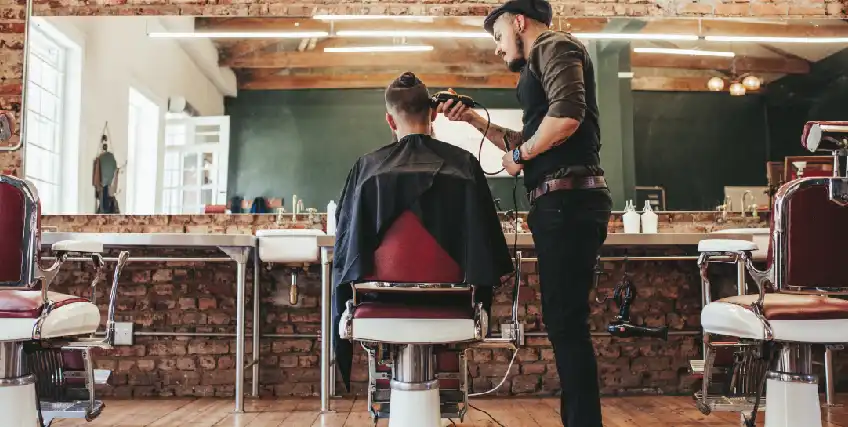This hair grooming industry plays a crucial position in individual care and self-maintenance. However, it is vital to prioritize the health and safety of both clients and barbers in this environment. Effective health and safety regulations are crucial for maintaining hygiene standards, preventing accidents, and ensuring a favorable interaction for all parties engaged. By adhering to these guidelines, professionals can establish a safe environment that encourages confidence and ease among patrons.

One key component of well-being and safety in barbering is sanitation. Barbers must comply with rigorous cleaning practices, including regular cleaning of equipment and workstations. This includes sanitizing shears, trimmers, and brushes after every use to eliminate the risk of spreading bacteria or contamination. Moreover, barbers should use clean gowns and towels for each client to maintain a hygienic setting. Applying these practices not only protects clients but also enhances the credibility of the grooming business.
An additional critical requirement focuses on the proper handling of chemicals used in hair treatments. Items such as coloring agents, chemical straighteners, and other formulations can pose risks if not handled correctly. Barbers must follow protective protocols for the containment and use of these products to prevent skin irritations or allergic reactions among clients. Wearing gloves and providing adequate ventilation during Extra resources procedures are crucial measures that professionals should implement to protect customer well-being while delivering high-standard services.
Accident prevention is also a vital component of health and safety regulations in barbering. Barbershops should be designed with safety in mind, minimizing hazards such as wet surfaces or disorganized areas. Team members should be educated in response protocols, including how to manage lacerations or more helpful info thermal injuries that may happen during treatment. Supplying medical supplies and confirming that all team personnel know their placements is an effective way to prepare for unexpected incidents. By prioritizing safety measures, barbers can create an environment where clients feel secure and cared for.
Finally, effective communication is key to ensuring client wellbeing in the barbering industry. Stylists should consult patrons about their preferences and any possible concerns linked to the treatments provided. This includes discussing allergies to products or previous adverse reactions reported by individuals. By encouraging honest communication, professionals can develop rapport with their customers while delivering that they get customized attention aligned with their unique requirements. Ultimately, prioritizing health and safety regulations will lead to enhanced customer experience and a successful haircare practice.